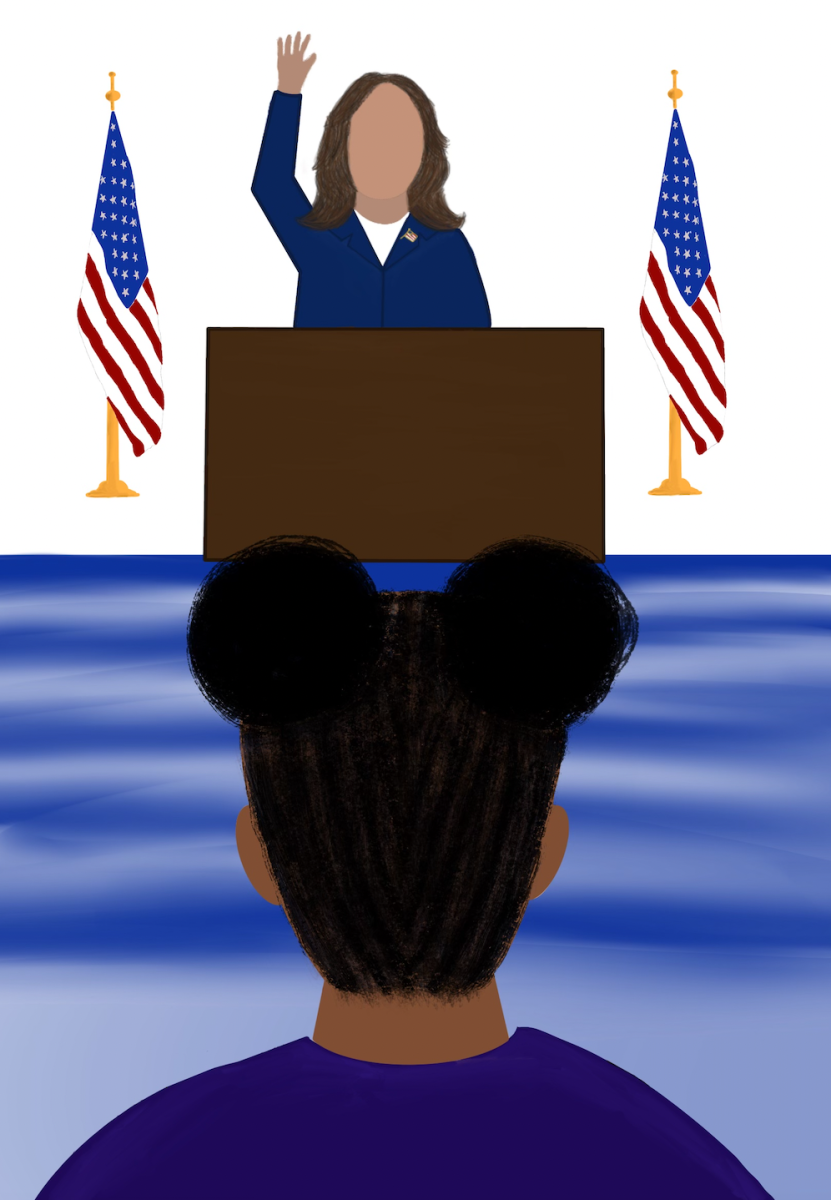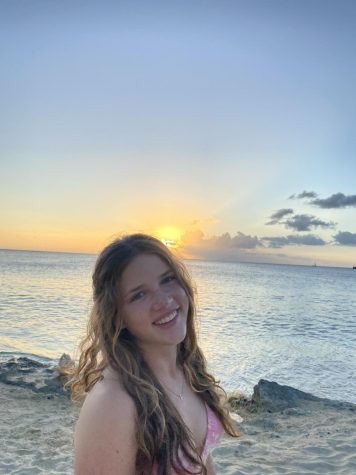In January 2020, a week after his 16th birthday, Shayne Rebbetoy-Hudson, a sophomore at Archie Williams High School, took a large dose of psychedelic mushrooms alone in his house. Shayne experienced an out-of-body, hallucinogenic sensation in which he believed he could fly. Not used to seeing Shayne in this euphoric state, his parents decided to take him to the hospital. While preparing to leave, Shayne got up and ran off their 40-foot-tall deck with his arms out yelling, “I’ve got this, I’ve got this.” He passed away in his father’s arms.
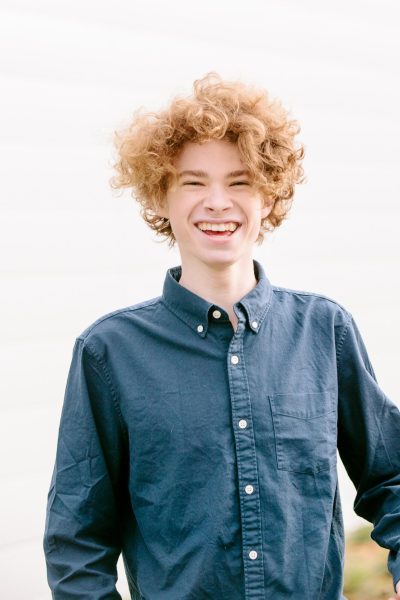
“So many people [told us] how much of an impact Shayne had on their lives. He was kind, compassionate, energetic and was always looking out for his friends. He was a bright, brilliant, sparkling soul,” Lisa Hudson, his mom, said.
Following her son’s passing, Hudson has become an advocate for education surrounding psychedelic drugs. She is one of the founding members of the Coalition of Psychedelic Safety, an association opposing California’s proposed Senate Bill 58 — which would decriminalize psychedelic drugs. The coalition was founded in Marin County by mothers who lost their children to mushroom-related incidents. They connected with a group of medical professionals, University of California, San Francisco (UCSF) researchers, police and other authorities in hopes of creating opposition to the passing of this legislation. Hudson voices concern that California is moving too fast in the decriminalization process and not considering the immense risks, especially for younger individuals.
“I have a lot of gratitude for being there [when Shayne passed away] and seeing his state of mind and not [instead] finding him in the backyard the next morning,” Hudson said. “In Shayne’s case, I think it shows you how, even when you’re having a euphoric experience, your judgment’s impaired, you’re hallucinating and you’re making bad decisions.”
Senate Bill 58:
Senate Bill 58, passed on to Governor Gavin Newsom on Sept. 13, would go into effect in January 2025 if approved. This would decriminalize natural substances including mescaline; Dimethyltryptamine (DMT), an active ingredient in ayahuasca; psilocybin and psilocin (the compounds found in magic mushrooms). Synthetic and chemical derivatives are excluded. The bill specifies that the California Health and Human Services Agency would be required to form a work study to govern the therapeutic use of those substances.
While the proposed bill establishes a research period to decide how to best initiate the therapeutic program, the personal usage side of the bill has little to no safeguards in place.
“Since 2016, hospitalizations due to psychedelics have gone up 84 percent. Seventy percent is personal usage versus therapeutic usage, [according to Stanford University research]. And that’s even with it being illegal at this point,” Hudson said. “Education is a key to risk mitigation, harm reduction and safety. We get more information on a bottle of aspirin!”
Beth Parker, another founding member of the Coalition for Psychedelic Safety, is familiar with the legal process through her experience as Head Legal Council for Planned Parenthood.
“What we were really pushing is that [before decriminalizing] personal use, [there] should be put in a workgroup [where] you have experts come up with recommendations for what those safeguards should be,” Parker said. “That’s what 20 other states [that are developing similar programs] are doing. They’re establishing a workgroup first, to come up with recommendations, and implementing those recommendations before they do the decriminalization.”
Other Program Models:
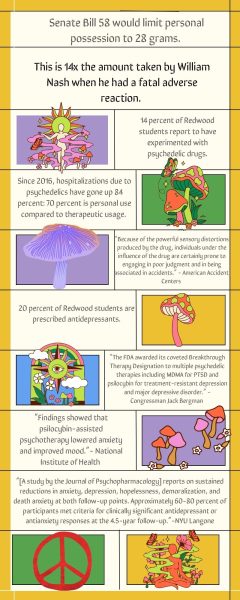
Currently, Oregon is the only state to have fully decriminalized psychedelics. Oregon Ballot Measure 109 set specific guidelines that would be overseen by the Oregon Health Authority, including monitoring psilocybin production; manufacturing requirements and licensure; mandatory testing of purity and potency; and facilitator qualifications, training and licensure.
The use of psychedelics as a tool for therapeutic purposes is revolutionary. In fact, the U.S. Food and Drug Administration has labeled it a “breakthrough medicine” for treating depression, anxiety, post-traumatic stress disorder, cluster headaches, anorexia, smoking addiction, substance abuse and more — all conditions where patients have low serotonin levels. While selective serotonin reuptake inhibitors (SSRIs) can be effective in improving overall serotonin, they take months to kick in, and using psychedelics in a controlled environment can yield results after just one session. According to a September Bark Survey, 20 percent of Redwood students have been prescribed antidepressants. Psychedelic treatment could be a potential consideration once they turn 21.
Data analyst for Oregon Psilocybin Services, Jesse Sweet shared more about the structure of their program.
“In Oregon, we don’t have a consumer marketplace for psilocybin, we have a client based wellness model. And that’s different from anything else. It’s not like a [marijuana] dispensary where you can just go buy it. But it’s also not a medical model. It doesn’t require a prescription, it doesn’t require any type of medical condition to receive the services. So it’s a very unique type of program,” Sweet said.
As the first state to decriminalize psychedelics and even encourage them in a supervised setting, Oregon has approached their program with curiosity and care, prioritizing education and safety.
“Our model requires that the psilocybin be consumed at the service center where it is purchased. So it’s not as if people will be taking these products away from the service center where they can get into the hands of young people — every client needs to be over 21,” Sweet said. “So it’s not like alcohol, for example, where young people could be getting it out of their parents’ liquor cabinet.”
Profit vs. public safety – the contradicting priorities of the bill:
Oregon’s success creating a secure program surrounding the therapeutic usage of psilocybin raises the question of why California’s approach to personal use regulation has so few safeguards. Parker argues that the disregard is a result of disproportionate focus on personal gain, rather than what’s best for the general population.
“My view is [that] the bill is being pushed by people who make a lot of money by selling these products, and then are not being responsible and caring about the people who are going to take them without instructions and knowledge of [these products’] risks,” Parker said.
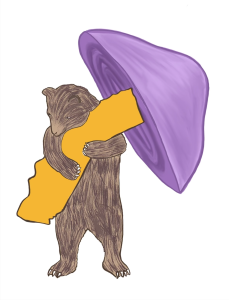
What the Coalition for Psychedelic Safety wants to see reflected in this bill is for the personal program to reflect the same structure as the therapeutic aspect. Hudson also feels frustrated by her experience advocating for these safeguards.
“When I was up at the Health Committee in Sacramento to protest on behalf of this legislation, Assemblyman Woods, who was the chairman, said, ‘We do see that we’ve made some mistakes with legalization of marijuana; that it rolled out a whole bunch of products to our kids that have more access now.’ He then went on to say, ‘I understand there’s concerns with psychedelics, but I made a commitment to Senator Wiener, so I’m going to pass this bill along.’ So, for me, this whole political process has been a real eye-opener about how hard it is to get our representatives to see that legislation like this has an impact,” Hudson said.
The differing perspectives of psychedelic drugs
William Nash was a senior at Middlebury College when his life came to a sudden end at only 21 years old. As a skier, pole vaulter and aspiring entrepreneur, he was just starting his life. William was experimenting with psychedelics with a group of friends when, like Shayne, he underwent an adverse psychotic reaction.
“His friends expressed that they never dreamed that things could go so sideways,” Kristin Nash, his mother, said. “At some point he grabbed a

jug of protein powder, and shook it on his face as if he was drinking water. He asphyxiated and died almost immediately.”
The bill would limit the amount that can be in someone’s personal possession to one ounce, or 28 grams. This is 14 times the dosage taken by William when he had a fatal adverse reaction.
The William G. Nash Foundation strives to distribute grants to student groups and organizations with the intention of advocating for harm reduction and promoting safe usage of psychedelics. The foundation works in William’s legacy to educate college campuses on how to alleviate the risks associated with psychedelic usage, but refrains from promoting abstinence.
Although Nash understands the therapeutic value of psychedelics, she remains frustrated by the absence of adequate education on these substances and the potential for widespread unregulated access.
“We need public information, drug instructions, first responder training, drug education and public health data tracking,” Nash said.
While William Nash’s tragic death stemmed from an adverse reaction to psychedelics, Nash maintains that had first responders been trained to handle such situations, preventative measures could have been taken to prevent this outcome.
“In a lot of cases they might put handcuffs on you and take you to the ER. With my son, I wish they would’ve put him in handcuffs, and then he wouldn’t have been able to hurt himself,” Nash said.
According to the September Bark survey, 14 percent of Redwood students have experimented with some form of psychedelic drug. “Lily,” a senior who has chosen to remain anonymous, claims to have had a positive experience.
Up until her experience, Lily had maintained a negative outlook on all drug usage. Even so, she saw other substances, particularly alcohol, as a more significant threat than psychedelics.
“My parents are very against [psychedelics]. Ever since I was younger, the [people around me were] like, ‘It will change your brain, it’s not good for you,’ only [speaking about] the negative aspects,” Lily said.
Following her encounter with psychedelics, Lily felt fundamentally different.
“By the time [my friends and I] were leaving that house [after taking mushrooms], [we] felt changed. It’s a weird sensation. The following days you have a sense of clarity,” Lily said. “I’m a road rager, and the next three days I didn’t have road rage. I would sit in traffic and not get pissed about it.”
Although Lily’s personal experience has been positive, she recognizes that not everyone has the same reaction to psychedelics.
“I did the shrooms with one of my female friends and her boyfriend and she had a really bad experience. She told me that she felt suicidal the whole time and said, ‘If I die now, now would be the time to die,’” Lily said.
As Senate Bill 58 sits on the desk of Governor Gavin Newsom awaiting his decision on the future of psychedelics for Californians, the Coalition for Psychedelic Health and Safety urges people to educate themselves on psychedelics and take action to demand more safeguards in the bill.
“What I would like to do is have nuanced conversations about these compounds as we think about legalizing them and bringing them broader into society, so people can harness the benefits, and we can — as much as possible — mitigate the risk,” Nash said. “If we could save one life, that would be an amazing legacy.”
Update: On Saturday, Oct. 7, Newsom vetoed Senate Bill 58.





